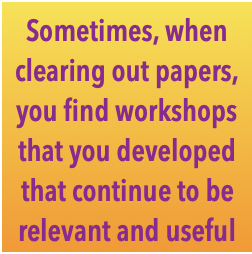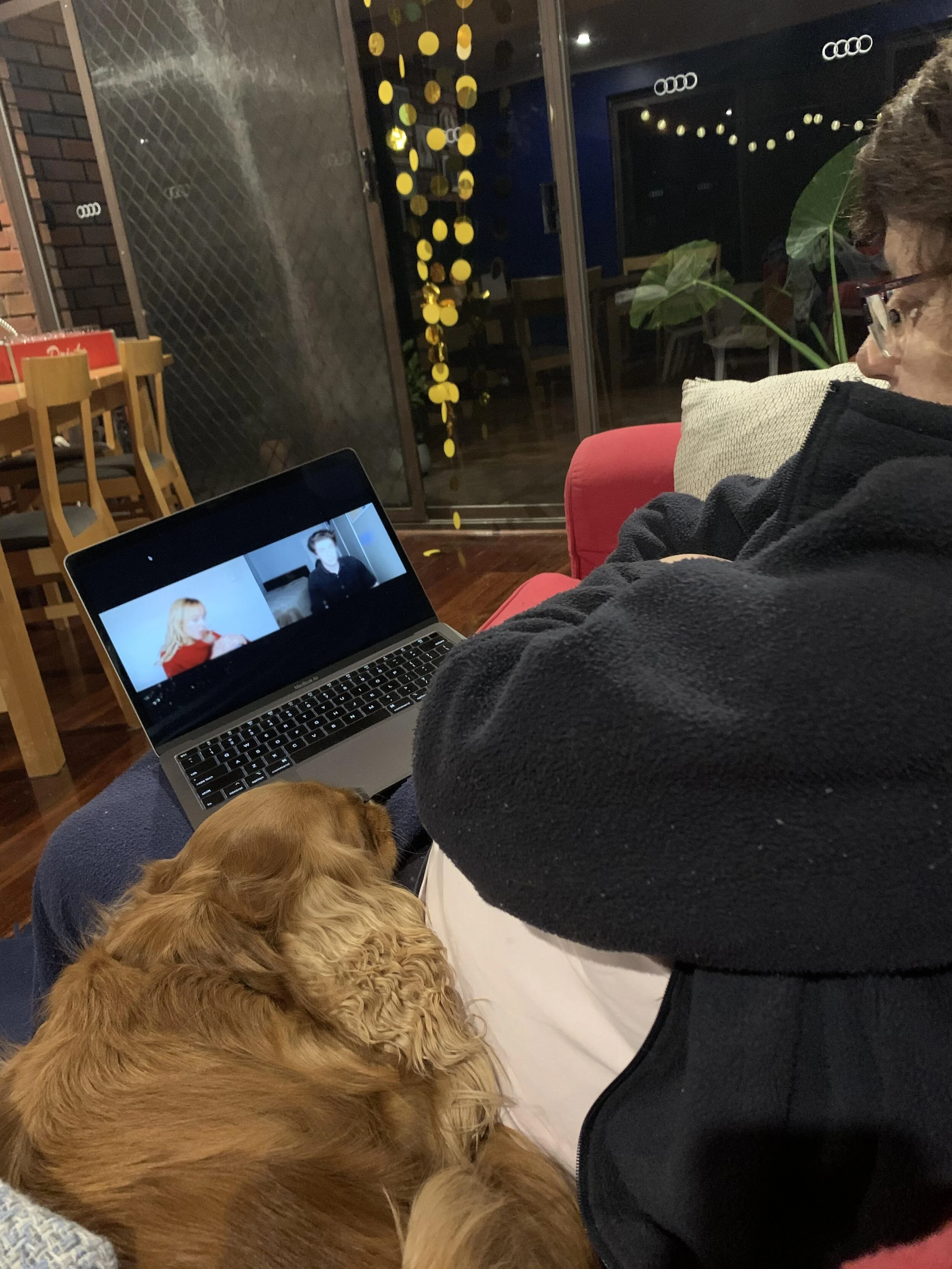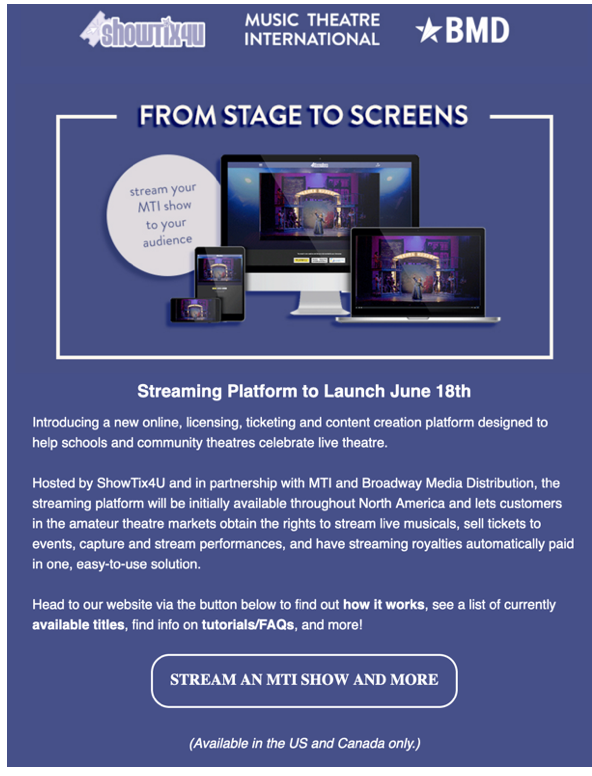Drama Tuesday - It pays to check what you’re about to throw out
/Building Characters from Scripted Drama Text
Aligning drama activities to Curriculum Documents
For the 2013 DramaWest Conference I developed a workshop designed to link a relevant and recognisable drama activity with Drama in the Australian Curriculum: The Arts (2014) At one level, the activity reaffirmed familiar practice – something that we have been doing often and successfully.
In that workshop I had a slide that asked participants to identify: What changes and what stays the same?.
There was a clear subtext to the workshop: the curriculum reflects good practice. It may clarify some terms that we use but essentially, it is built on good drama teaching and learning, but draws connection between task and curriculum terminology.
The other theme is the importance of aligning what we do with a clear sense of progression in learning drama.
Rather than being a hit or miss collection of drama activities (or drama like activities), there is a need to connect what we do in classes day to day with a sense of students being on a learning journey with clearly stated destinations underpinned by having clear road markers at specific key points or stages.
The sub-text to that concept was the need to provide students with drama activities and texts or material that are age and developmentally appropriate. And to challenge the dumbing down of drama opportunities offered to students (I am thinking about the endless offerings of Fractured Fairytale style scripts and improvisation starters that encourage “going for the gag”). We need to offer our drama students texts of challenge and substance.
This is the workshop handout that I shared. The details of the outline continue to be relevant (even though in the 2022 version of the Australian Curriculum: The Arts some of the organisational details and emphases may have changed.











